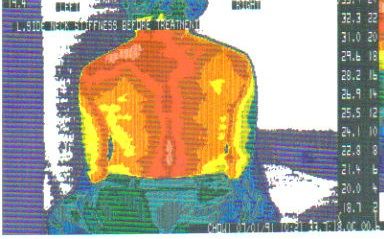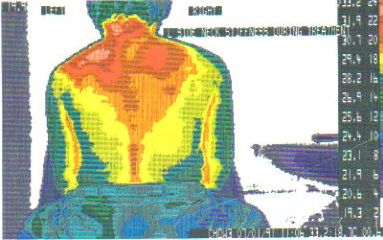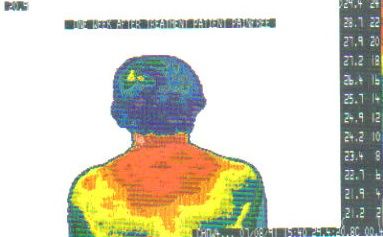Treatments
Muscle Realignment Therapy
The usual treatment for bruised, strained, torn and displaced muscled is to nurse them gradually back to strength; then, in due course they will slide back into their natural position and carry out their proper function.
Unfortunately, in many instances the repaired and strengthened muscle takes up an abnormal position. When this happens, persistent pain is likely to occur that is only temporarily relieved by massage.
Muscle Realignment Therapy is a simple manual technique that has evolved from the careful observation of very many cases of muscular pain. Its purpose being to encourage the muscle gently away from its displaced position and back to where it should be, along with its associated nerve fibres and blood vessels; whereupon the pain will be relieved.
The effectiveness of MRT in these circumstances is such that it is not unusual for patients to report substantial relief from acute or chronic pain after only one or two of the 20 minute treatment sessions. In general, however, the number of sessions needed depends upon the nature and severity of the muscle displacement, and the length of time it has been displaced.
As each session progresses, the muscle gradually returns to and remains in its original position.

Patient suffering excruciating pain over his neck radiating to the left shoulder. He was unable move his head up, down or sideways.

MRT was instituted for about 15 minutes, pain had reduced by about 50% .

One week later the third scan showed that symmetry of pattern over the neck. The subject was completely pain free.
Conditions that benefit from Holistic Therapies
Musculoskeletal Problems
- Back pain (Sciatica, slipped/prolapsed disc, trapped nerve)
- Neck and shoulder pain
- Stiff neck or frozen shoulder
- Rheumatoid arthritis
- Osteoarthritis
- Post operative pain (scar and soft tissue)
- Post pregnancy back pain
Sports Injuries
- Sprained wrist, elbow or shoulder
- Sprained ankle, knee, hip or back
- Golfer elbow and Tennis elbow
- Post fracture pain
Accidents
- Whiplash injury
- Work related injuries
Nerve Problems
- Facial nerve palsy (Bell's palsy)
- Diabetic peripheral neuropathy
- Lepromatous peripheral neuropathy (sensory loss/ complete anaesthesia)
- Carpel tunnel syndrome
- Vertigo
- Tinnitus
Cardiovascular
- Stroke
Eye
- Macular degeneration/ oedema
Mensis
- Period pains/ cramps
- Irregular/ prolonged/ heavy periods
Allergy
- Hayfever
- Allergic rhinitis
Miscellaneous
- Repetitive strain injury
- Peptic ulcers (epigastric pain)
- Tempero mandibular joint conditions that prevent the mouth from opening fully
Other special conditions
- Migraine
- Reynaud's disease
- Trigeminal neuralgia (opthalmic, maxillary or mandibular)
- Fibromyalgia Syndrome also known as ME, Chronic Fatigue Syndrome, Post Viral
- Syndrome or Muscular Rheumatism
- Polio - early onset (6-12 month duration) - good results
- Polio - old condition (>4 years) - may help if no contractures
- Scoliosis/ Kyptiosis
Acupuncture
In some cases, Acupuncture can prove to be an extremely helpful form of treatment for the relief of pain, either on its own or complementary to MRT.
Acupuncture is, of course, a very ancient therapeutic practice with roots going back at least four thousand years to ancient China. Although it works in quite a different way to MRT - operating via the energy system that follows the pattern of meridians within the body - it is perfectly compatible with MRT and its results can be read equally well by the Thermographic technique.
Truly an example of modern science working with ancient art.
Soft Tissue Thermoimaging
An important part of the management of muscle pain is the availability of an adequate means of objectively recording the progress of the treatment.
In this respect, conventional X-rays are not adequate as they pass straight through the soft tissues that make up the muscles and their immediate surrounding area. They cannot, therefore, create a photographic picture.
The solution to the problem lies with Thermographic Imaging. This is a non-invasive diagnostic technique that uses an Infra Red scanner to record the heat emitted by the injured tissues. As this is greater than that of normal tissue, the progress of treatment can be objectively monitored to the satisfaction of both the patient and the practitioner.
With our equipment which uses the latest computerised technology, three coloured scans are usually sufficient. One at the start of treatment by MRT, one to check progress at roughly halfway through the course, and a final check at the end to confirm that all is well.
